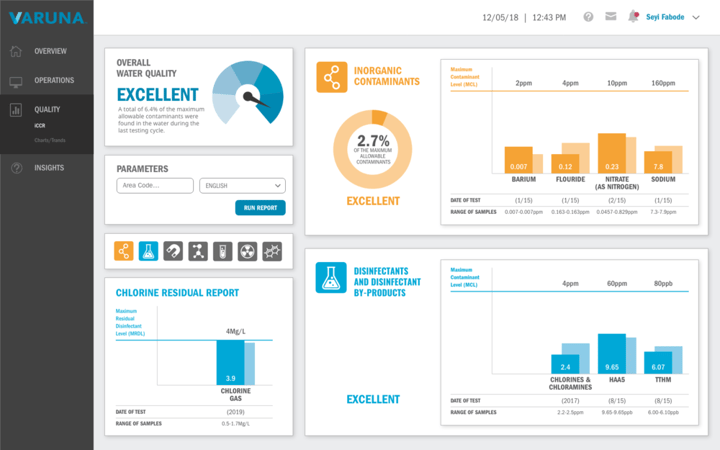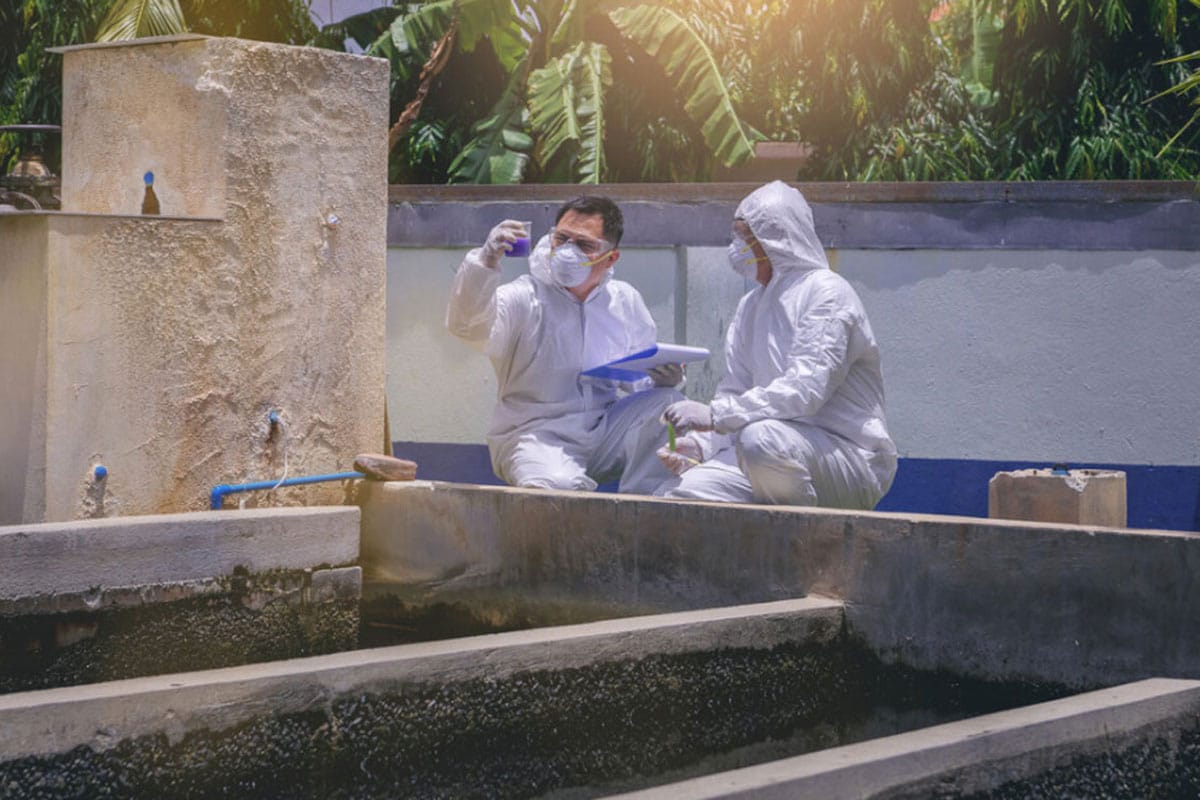In walking, eating lunch with, and talking to water system managers and operators there is one thing that has come to the surface as the real problem they have. Actually, it became more obvious because of how difficult it is to get to talk to water system operators and managers; they lack time.
FRANK’S TIME
Frank (not a real name but a real person) the technician/electrician spends his morning driving to work for 70 mins. He then gets to work and drives around the city to different sampling locations. He takes Cl, ph, and temp (and turbidity) readings from these locations. He has a gut sense for the problem areas so he will open a faucet to drain the system, drive around and then come back to take a reading (therefore skewing the data). If there is a problem then he has to drive back to get the resources. He then drives home exhausted and ‘my wife and 9yr old son ends up going to the baseball games without me’.
Like all of us, but to a larger extent due to the critical nature of their work of supplying clean water, water utility technicians/operators need to get their time back to ensure they can provide you and I clean water. So where does their time go? I’d put them in three buckets
- Time losses due to regulatory requirements: as regulations increase, a push to make these water systems go private, the tasks that the water system technician has to record and data they have to capture has increased in quantity. With old tools and processes from a prior technological time, technicians waste time gathering data on paper and then reporting.
- Time losses due to information gaps/searching for information: To gather the information required to know where an issue is and how to address it takes the water system operator a lot of time. This time sink is due to information siloed between different teams at the utility.
- Time losses due to driving between locations and being reactive: There is a lot of driving in the day of the water system manager and his technicians. We went on drive-arounds with some clients a few weeks ago, to see and smell the problems, and we easily put 30 miles on the truck. This is a typical day for the water system technician. We have our phone conversations/meetings with them when they are driving around.
GIVING FRANK HIS TIME BACK

At this point, they haven’t even gotten the time to be proactive about the work they do and this cannot go on if we want to avoid more Flints/Californias/Newarks. It’s why we’ve built a platform that focuses on the efficiency gains that come (first off) as a result of giving these operators their time back and consequently helping them avoid $25k/day fines. To address this, Frank’s utility deploys Varuna sensors in those sample locations. The data goes to a simple dashboard (desktop and mobile) and a workflow and resource need comes to him before he leaves home (and the operations lead at the treatment plant). But the first step of value that we provide to Frank is to aggregate all the data they have into a digital dashboard that breaks the information silos.

